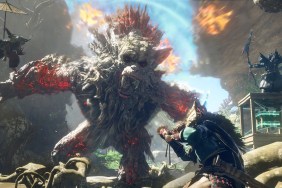Beautiful and bloody Ken-jutsu.
Video game graphics of high-profile titles can generally be described as realistic, sick, hardcore, modern, gritty, rock-tastic, and asset-laden. So it takes a bold risk to deviate from that pattern, either by a seasoned developer like Capcom in the making of Okami, or a relatively unknown developer like Marvelous in the making of Muramasa: The…











